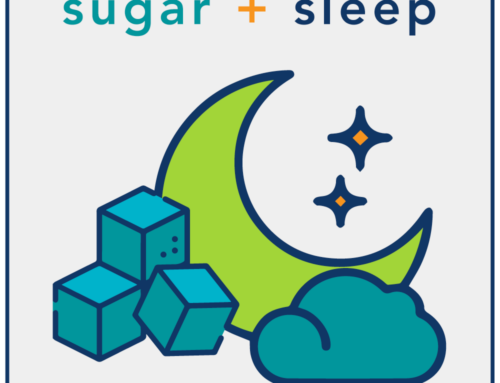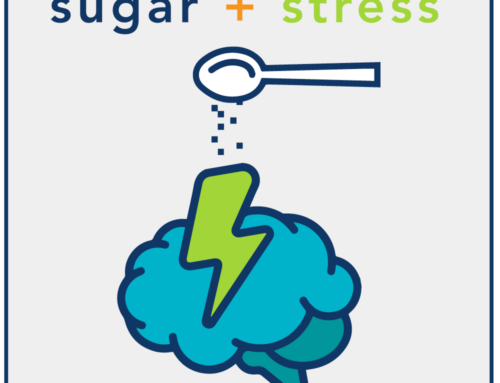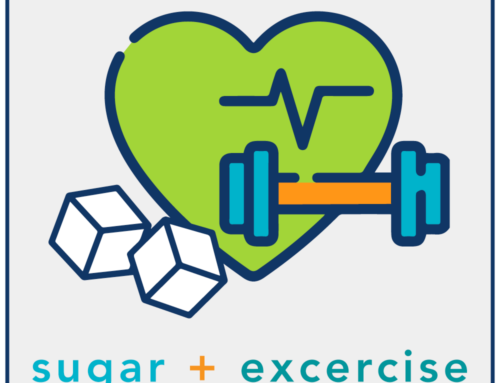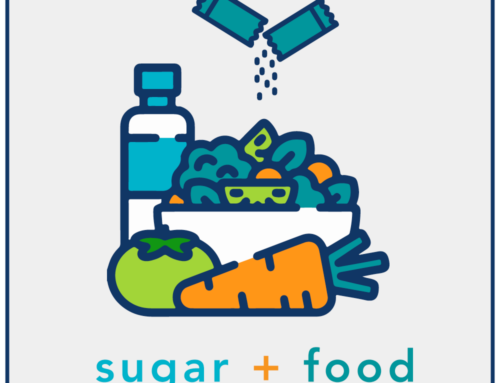GLP-1 Medications v. Diet and Lifestyle Alternatives
You’ve heard the brand names: Ozempic, Wegovy, Mounjaro, Saxenda, Trulicity, Victoza and more. These GLP-1 (glucagon-like peptide-1) agonists are prescribed medications used to treat type 2 diabetes. By mimicking the actions of the GLP-1 hormone, these drugs help lower blood sugar levels, reduce glucagon secretion, slow emptying of the stomach and promote fullness. Our bodies naturally produce GLP-1, an incretin hormone, in response to food intake. It plays an important role in the regulation of blood glucose levels and appetite.
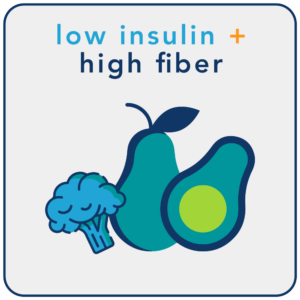
Thanks to their effectiveness in treating obesity, these pharmaceuticals have quickly gained popularity in the last few years.
New pharmaceuticals carry several risks – some known, some still unknown. Although GLP-1 agonists are generally well-tolerated, common side effects include nausea, vomiting, gastroparesis, diarrhea, constipation, hypoglycemia (low blood sugar), pancreatitis and thyroid tumors.
Public searches for “gastroparesis” peaked in September 2023, up over 400% in the last 20 years. This sharp increase is likely related to a lawsuit filed against Novo Nordisk and Eli Lilly, over claims that their GLP-1 agonist medications cause gastroparesis.
The good news? Since GLP-1 is made naturally in the intestines, there are several ways to increase production without pharmaceutical interventions.
- Eat more fiber: High-fiber foods, especially soluble fibers, have been shown to stimulate the release of gut hormones, including GLP-1. They’ve also resulted in higher feelings of fullness compared to low-fiber meals.
- Eat more protein: Protein is a macronutrient that stimulates the release of GLP-1 and other gut hormones from intestinal cells. Protein also naturally takes longer to digest, thereby helping to promote fullness following a meal.
- Eat a high-protein breakfast: A study published in the “American Journal of Clinical Nutrition” in 2006 found high-protein as the first meal of the day resulted in greater postprandial GLP-1 secretion compared to a high-carb or high-fat meal.
- Eat slowly and chew thoroughly: GLP-1 is released in the intestines after food intake, particularly when nutrients are slowly and thoroughly digested and absorbed. In addition, studies have shown slower eating rates increase feelings of fullness and reduce overall food intake. Aim to chew food approximately 20-30x per bite, and have meal time last closer to 20 minutes.
- Include probiotics: Studies have shown that yogurt or supplements with Lactobacillus acidophilus, Bifidobacterium lactis and Lactobacillus gasseri increased GLP-1 secretion compared to those who received a placebo. Additionally, Akkermansia municiphila has recently been identified with the ability to secrete a protein that stimulates GLP-1 production.
- Talk to your Simplex Health Dietitian about Supplements: Our bodies produce GLP-1 naturally, and several natural supplements have been shown to increase production and secretion of GLP-1.
You’ve probably noticed that four out of the six items above revolve around what and how you eat. Food is fuel — and it’s our first line of defense (or offense!) when we’re looking to change our health. At Simplex, we succeed where other nutrition therapies fail by targeting the root cause of many health issues: insulin resistance. Our medically supervised dietitians work with you to deliver powerful and sustainable nutrition therapies for lifelong health.
